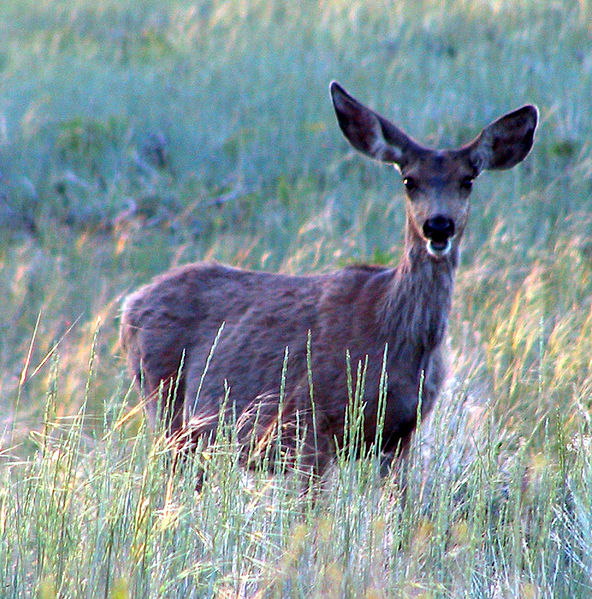Officials with the Kansas wildlife department released new numbers of the monitoring of the prevalence of chronic wasting disease (CWD) in Kansas deer in an update and what they report is of the 360 deer tested this year to date, 37 were confirmed positive for the transmissible spongiform encephalopathie (TSE).

The targeted region for sampling deer taken by hunters this year was southwestern Kansas.
The 37 confirmed positives came from deer taken in Cheyenne, Rawlins, Decatur, Norton, Phillips, Smith, Thomas, Sheridan, Gove, Rooks, Osborne, Scott, Lane, Hamilton, Haskell, Hodgeman, Ford, Edwards, Stafford, Reno, and Pratt counties.
CWD is a progressive, fatal disease that results in small holes developing in the brain, giving it a sponge-like appearance under the microscope. While deer may carry the disease for up to two years without showing any outward signs, in latter stages a deer may exhibit decreased brain function and display a droopy head, staggering, loss of appetite, and a lack of response to people. It is advised that hunters who take deer from areas where CWD has been found have their deer tested whether or not they exhibited any symptoms.
CWD infects members of the deer family, including whitetail and mule deer, elk and moose.
The first CWD occurrence documented in a wild Kansas deer was a whitetail doe killed by a hunter in 2005 in Cheyenne County. To date, 216 deer have tested positive, and most have occurred in a region that includes Decatur, Rawlins, Sheridan and Norton counties.
- Prion expert: ‘A link between consumption of squirrel brain and human prion disease is unjustifiably speculative’
- Chronic wasting disease prions found in soil and water in Wisconsin: Study
- ‘Camel Prion Disease’ discovered in dromedaries in Algeria: Study
- Maine: Potential prion disease prompts delayed surgeries at MMC
- Florida cow is country’s 6th BSE case


Wow! 10% is a lot! As I recall, the first appearance of Mad Cow Disease in U.S. herds occurred at about the same time this report indicates as the appearance of CWD in Kansas deer. I wonder if there could be transmission in either direction between deer and cattle.
Might want to dig into the history of the herd of deer, with cwd, at CSU that got away.